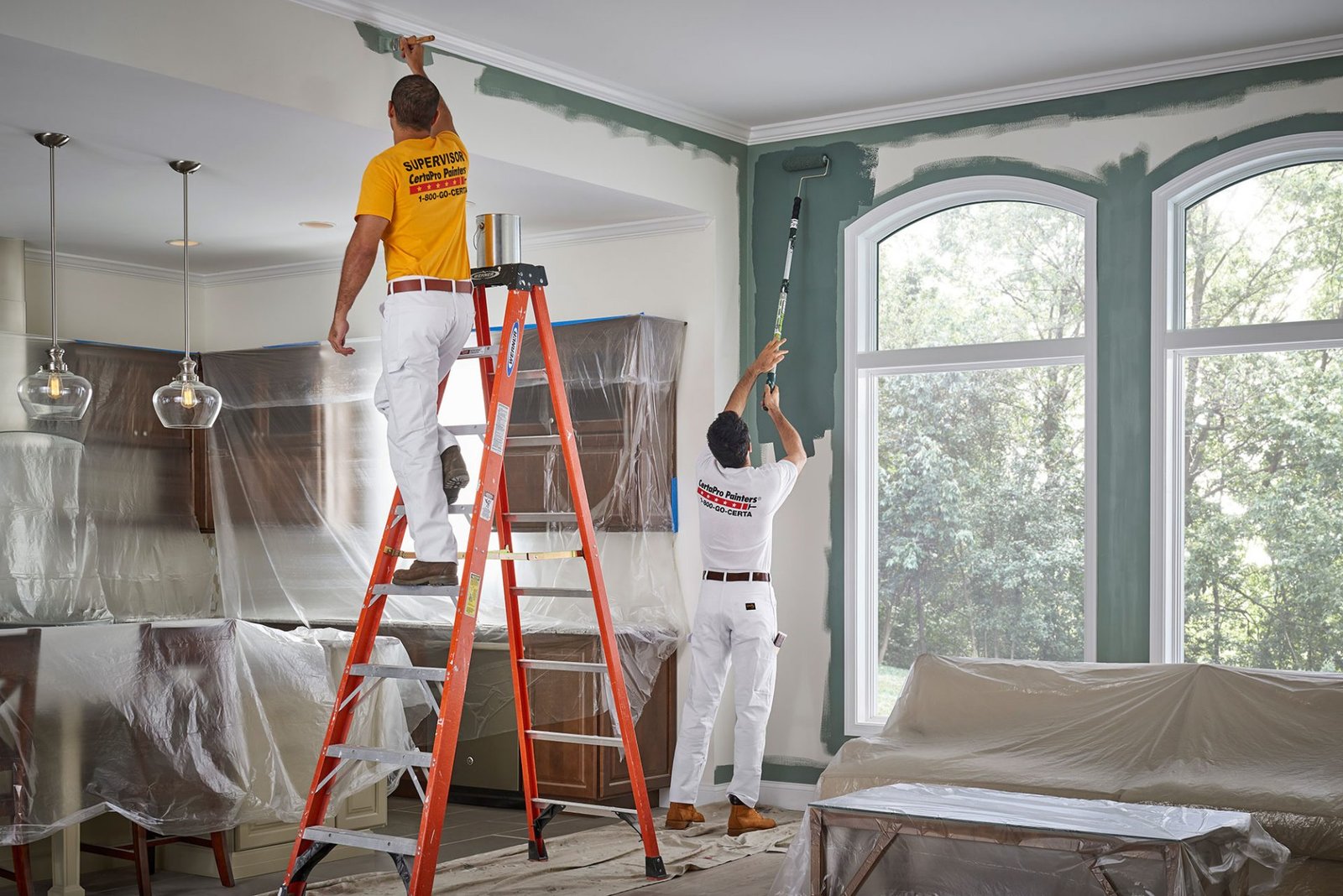Painting the inside of a home is one of the easiest ways to make a space feel fresh, clean, and new. Whether you are updating your bedroom, changing the color of your living room, or preparing a house for sale, painting can make a big difference. But before you start, it is important to understand how much you might spend on labor. Many homeowners search for the interior painting labor cost per square foot so they can plan their budget correctly. Knowing what impacts the price helps you save money, avoid surprises, and choose the right painter for your home.
In this guide, we will explain how painters calculate labor charges, what affects the price, and how you can estimate your total cost easily. We will also share useful tips to get the best value for your money.
Why Understanding Painting Labor Costs Matters
Painting may look simple, but it requires skill, time, and proper techniques. Many people assume the cost is only about paint, but labor usually takes up most of the budget. If you understand how the cost works, you can decide whether to hire professionals or do it yourself. You can also compare different painting companies and see which one offers a fair price.
Labor cost also tells you how much work is involved. For example, a room that needs wall repairs or multiple coats will cost more. A house with high ceilings, textured walls, or detailed trim takes extra time and effort.
What Is Included in Labor Costs?
When you hire a painter, their labor cost usually covers these things:
1. Preparation Work
Painters must prepare the area before painting. This includes covering furniture, taping edges, removing wall dust, sanding rough spots, and fixing minor cracks. Preparation can take more time than the painting itself.
2. Cutting and Rolling
This is the actual painting work. Painters need to cut around corners, near ceilings, and around windows. Rolling paint on the walls takes time, especially when applying two or more coats.
3. Detailing and Clean-Up
After painting, they clean the workspace, remove tape, put furniture back, and check for touch-ups. Good painters always check their work carefully.
4. Tools and Equipment
The painter brings their tools such as brushes, rollers, buckets, ladders, and drop cloths. You do not have to buy these yourself.
All these steps are included in the labor cost you pay.
What Affects the Interior Painting Labor Price?
Several factors influence the overall price of painting your interior walls. Understanding these factors helps you know why the cost varies between homes.
1. Size of the Area
The larger the space, the more time painters need. This directly increases labor cost because they calculate the price based on square footage.
2. Condition of the Walls
If the walls have cracks, holes, or water stains, the painter must repair these issues first. This adds extra time and labor.
3. Number of Coats Required
Most paint jobs need two coats, but darker colors may require three. More coats mean more labor.
4. Ceiling Height
Standard ceilings are easy to paint, but high or vaulted ceilings take more time and special ladders.
5. Type of Paint
Some paints are harder to apply and need extra effort. For example, glossy paint takes more time than flat paint.
6. Trim, Doors, and Windows
Painting doors, baseboards, trims, and windows requires detailed work. This increases labor time and cost.
7. Furniture in the Room
If the room is full, painters must move things before starting. This adds to the time spent on the project.
8. Location
Labor cost also depends on where you live. Urban areas usually have higher labor prices than small towns.
Average Labor Cost for Interior Painting
Most painters base their pricing on square footage. When you ask a professional, they often share the interior painting labor cost per square foot so you can understand their rate clearly. The average cost in many places ranges from low to high depending on the level of detail and experience of the painter.
Smaller rooms with simple walls usually cost less. Larger rooms with high ceilings, detailed trim, or special finishes cost more. Some painters charge by the hour, but most professionals prefer square foot pricing because it is easier for homeowners to calculate.
How to Estimate Your Painting Cost
Estimating your cost is simple if you know the size of the area you want to paint. Here’s how you can do it:
- Measure the length and height of each wall.
- Multiply them to get the square footage of every wall.
- Add the square footage of all walls together.
- Multiply the total with the painter’s labor rate.
For example, if your walls total 1,000 square feet and the painter’s rate is a certain amount per square foot, you can easily know your total labor cost. This makes budgeting easier and prevents overspending.
How Painters Save You Time and Trouble
While painting can be done by homeowners, it often takes much longer when you do it yourself. Professional painters work faster, more neatly, and with better techniques. They know how to prepare walls properly and how to apply paint evenly. They bring all the tools, and they clean up afterward. You do not need to worry about mistakes, drips, or uneven lines.
Painters also help you choose the right paint finish for your space. They know which paint works best for bedrooms, kitchens, bathrooms, and living rooms.
Tips to Reduce Your Painting Labor Cost
If you want to save money on painting, here are simple ways to reduce the labor cost:
1. Move Furniture Before the Painter Arrives
Painters charge extra if they must move heavy furniture. Clearing the room yourself saves their time and reduces your bill.
2. Repair Small Wall Damage Yourself
You can fix tiny nail holes or small cracks with simple wall filler. This makes the job faster for the painter.
3. Avoid Dark Colors
Dark colors need more coats. Lighter shades save time and money.
4. Keep Your Home Simple
If you do not need detailed trim painting or special wall designs, skip them. Plain walls cost less to paint.
5. Paint in the Off-Season
Painters offer lower prices during slow months. You can ask for off-season discounts.
6. Compare Multiple Painters
Do not accept the first quote. Ask at least three painters and choose the one who offers value, not just the lowest price.
Why Hiring a Professional Is Worth It
A professional painter gives you a clean, smooth finish that lasts longer. A poorly done DIY job often leads to uneven walls, peeling paint, or visible lines. Professionals use high-quality brushes and techniques that improve the final result.
They also understand how to handle special surfaces such as textured walls or previously painted surfaces. Their experience ensures the job is done right the first time, saving you from repainting too soon.
Final Thoughts
Painting is an important part of home improvement, and labor cost is a major part of your budget. Understanding the interior painting labor cost per square foot helps you plan properly and avoid surprises. When you know what affects the price, you can choose the right painter and manage your expenses wisely. Whether you’re painting a single room or your entire home, taking time to understand these costs leads to better decisions and better results.
By learning the basics, preparing ahead, and choosing experienced professionals, you can enjoy a beautiful, freshly painted interior that adds value and comfort to your home. No matter what style or color you choose, a good paint job makes your living space look brighter, cleaner, and more welcoming.




Leave a Reply